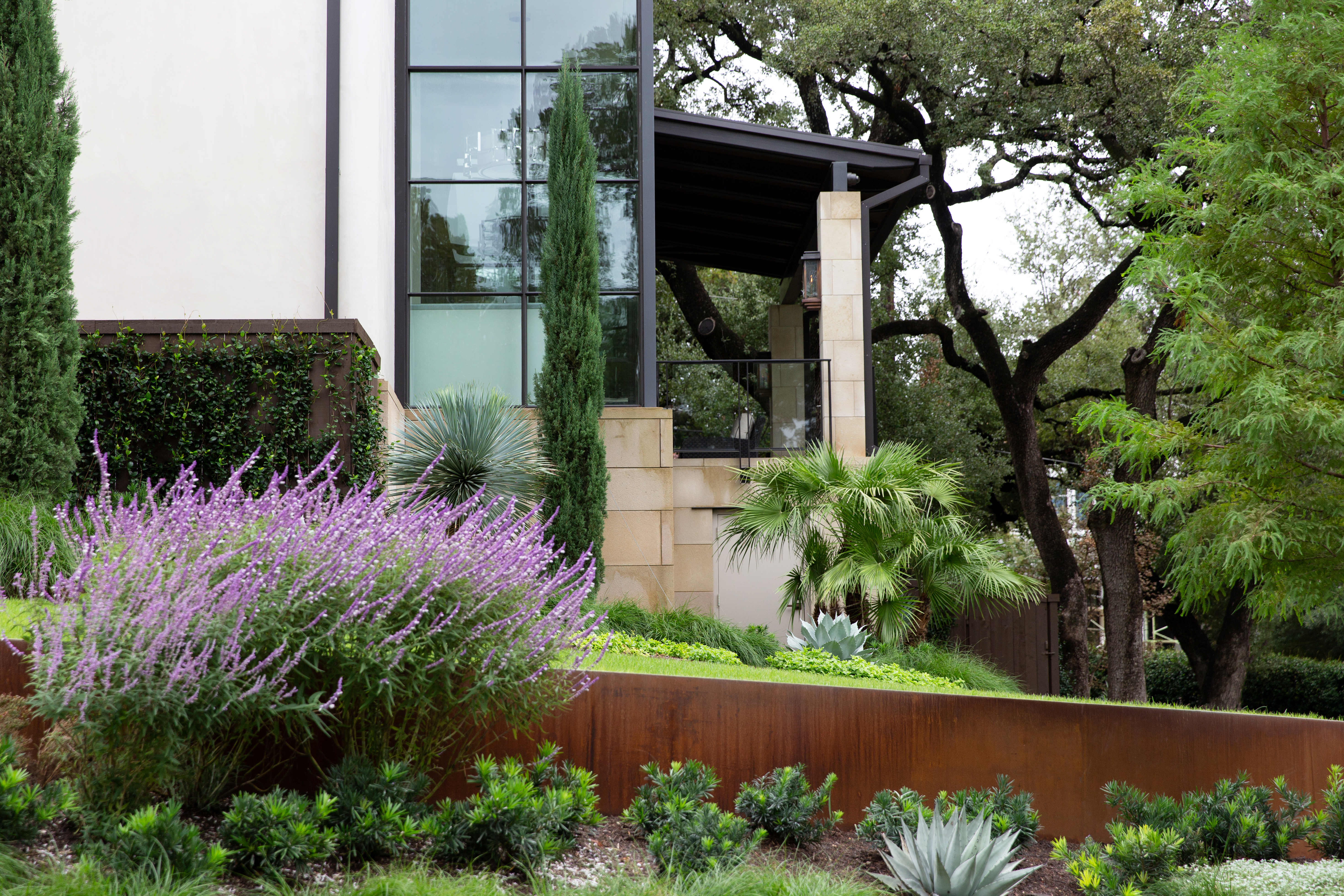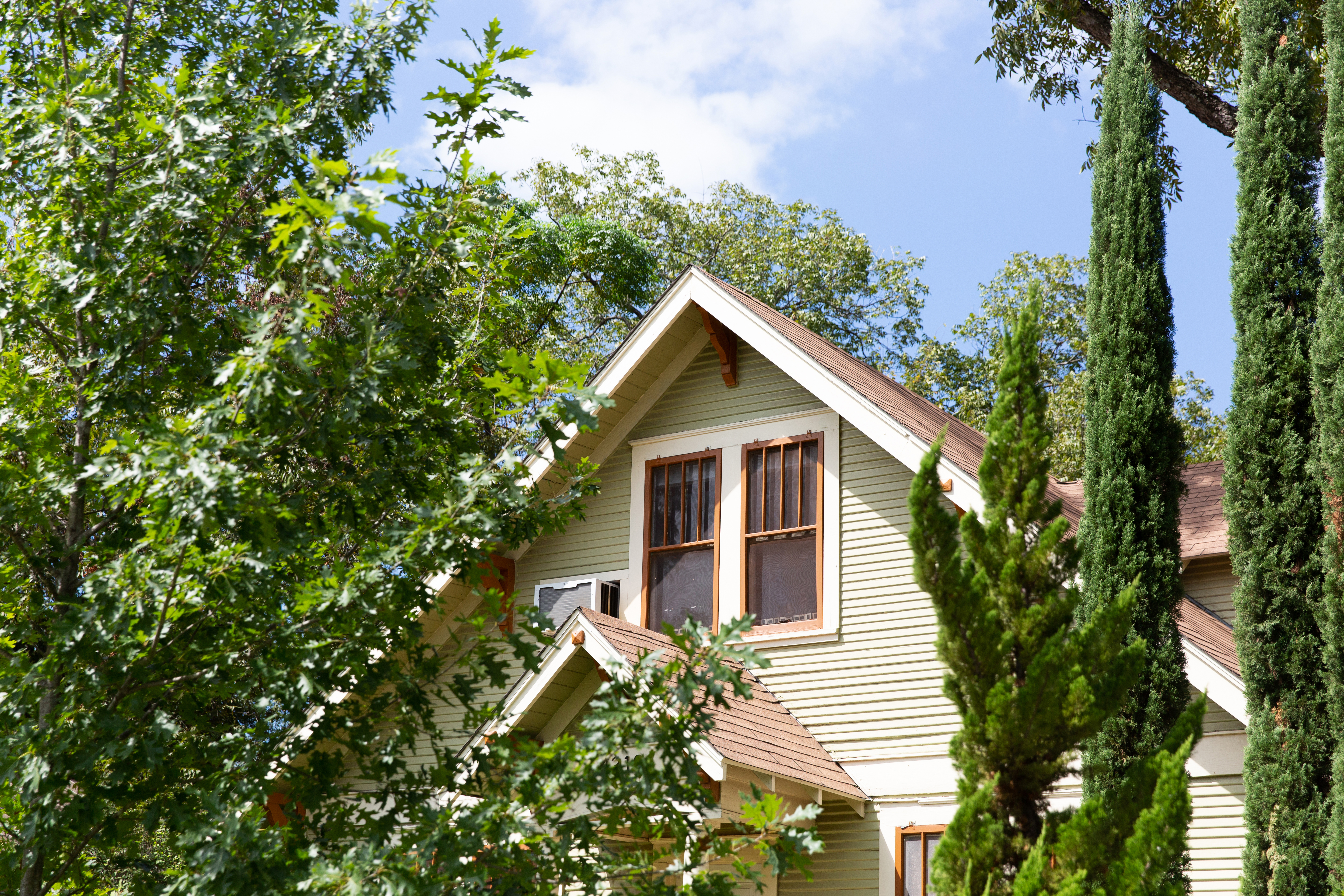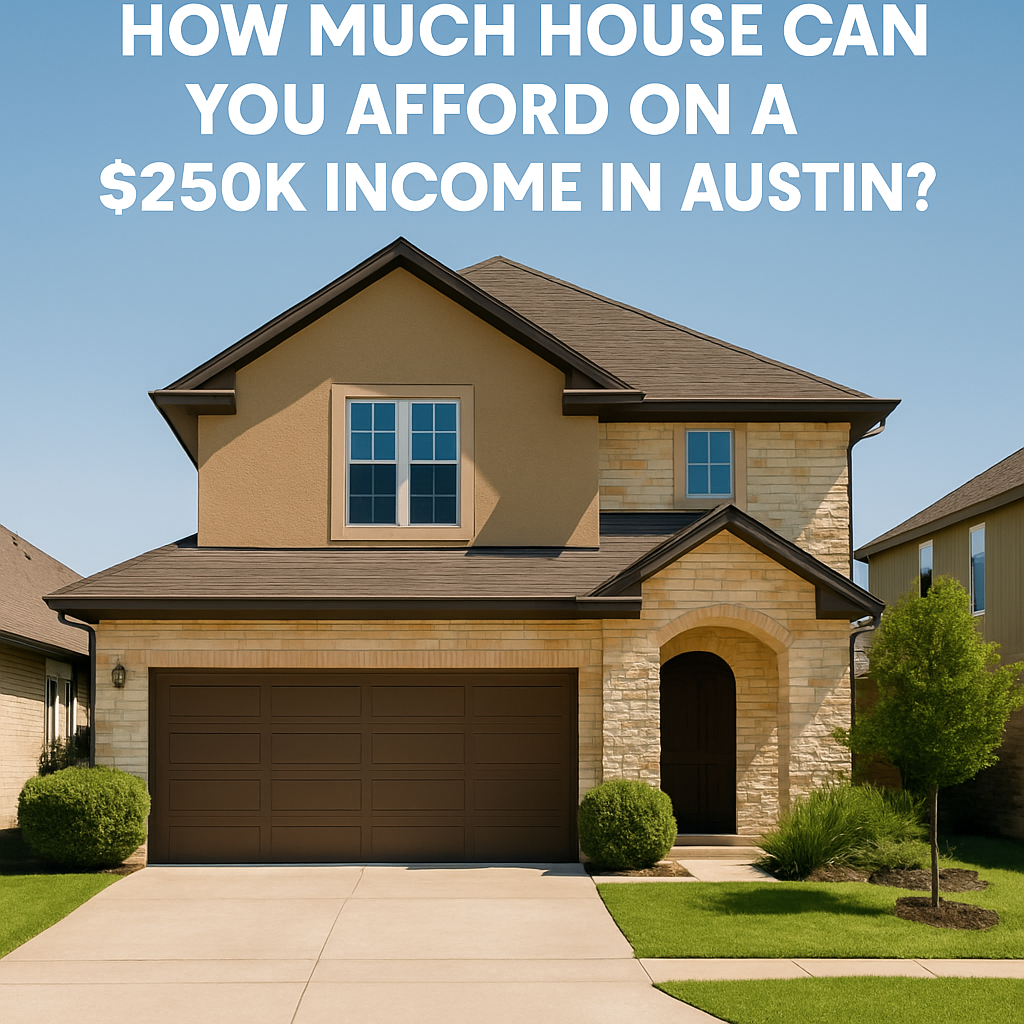
1. Project Connect: A Game-Changer for Public Transit
One of the most ambitious projects in Austin’s history is Project Connect, a $7 billion public transit initiative approved by voters in 2020. This plan includes:
- Light Rail Expansion: A new light rail system connecting key areas like downtown, the airport, and suburban neighborhoods.
- Bus Rapid Transit (BRT): Dedicated lanes for faster and more reliable bus service.
- Park-and-Ride Facilities: Expanded options for commuters to reduce traffic congestion.
Project Connect aims to provide a sustainable and efficient alternative to driving, reducing traffic congestion and improving accessibility across the city.
2. Road Expansions and Improvements
To accommodate its growing population, Austin is investing in road expansions and improvements. Key projects include:
- I-35 Expansion: A major overhaul of the interstate to reduce congestion and improve safety.
- Mopac Express Lane: Adding toll lanes to improve traffic flow on one of Austin’s busiest highways.
- Local Road Upgrades: Widening streets and improving intersections in high-traffic areas.
These projects aim to ease traffic bottlenecks and provide smoother commutes for residents and visitors alike.
3. Smart City Initiatives
Austin is leveraging technology to become a smarter, more connected city. Key initiatives include:
- Smart Traffic Signals: Using real-time data to optimize traffic flow and reduce congestion.
- Electric Vehicle (EV) Infrastructure: Expanding charging stations to support the growing number of EVs on the road.
- Bike and Pedestrian Improvements: Adding bike lanes, sidewalks, and trails to promote alternative modes of transportation.
These efforts not only improve traffic but also contribute to Austin’s sustainability goals.
4. Addressing Affordability and Equity
As Austin grows, ensuring equitable access to transportation is a top priority. The city is working to:
- Expand Public Transit Access: Connecting underserved communities to jobs, schools, and services.
- Offer Affordable Transit Options: Providing discounted fares for low-income residents.
- Promote Mixed-Use Development: Encouraging housing and businesses near transit hubs to reduce reliance on cars.
These efforts aim to make transportation more accessible and affordable for all residents.
5. Long-Term Planning for a Growing City
Austin’s long-term plans focus on creating a more sustainable and resilient city. Key strategies include:
- Regional Collaboration: Partnering with neighboring cities to address traffic and infrastructure challenges on a larger scale.
- Climate Resilience: Designing infrastructure to withstand extreme weather and reduce environmental impact.
- Community Engagement: Involving residents in planning processes to ensure projects meet their needs.
These forward-thinking plans aim to prepare Austin for continued growth while maintaining its unique character.
Conclusion: A Brighter Future for Austin’s Traffic and Infrastructure
While Austin’s rapid growth has brought challenges, the city is taking bold steps to address traffic and infrastructure issues. From Project Connect and road expansions to smart city initiatives and equitable planning, Austin is working to create a more connected, sustainable, and livable city for all.
As these projects unfold, residents can look forward to improved mobility and a higher quality of life. Stay tuned for updates on Austin’s progress and what it means for you!








